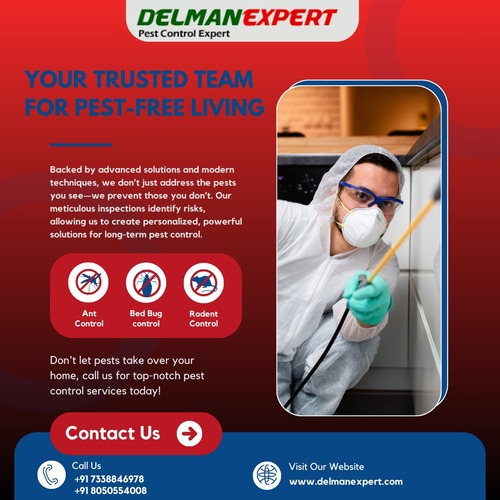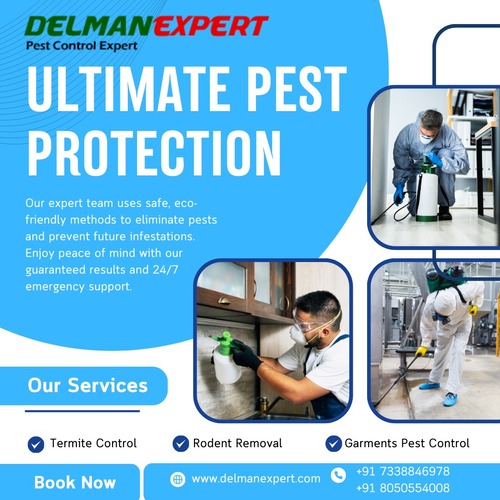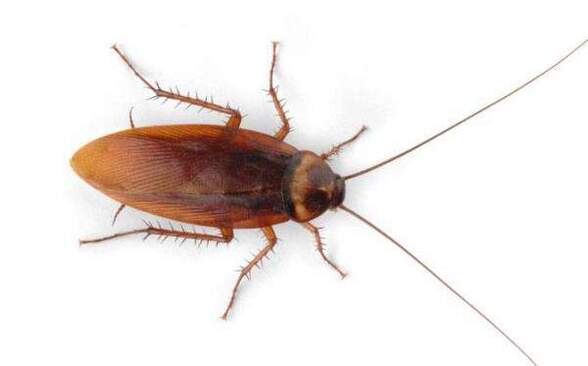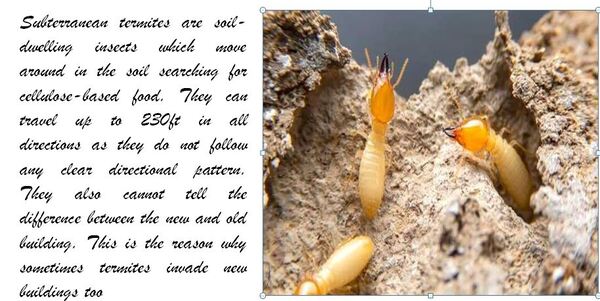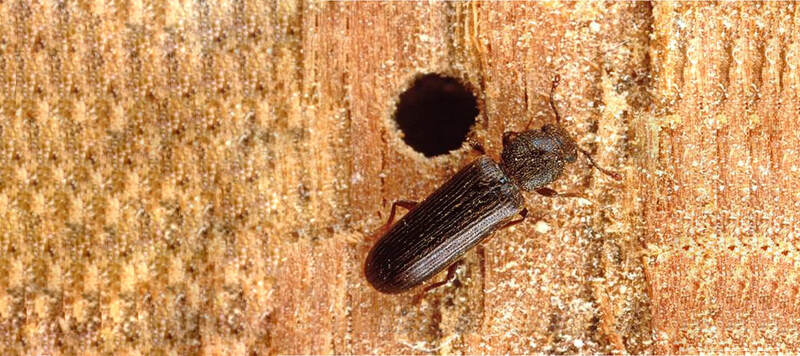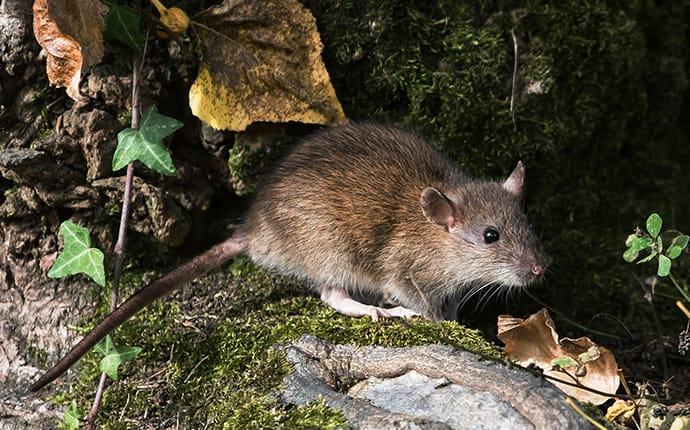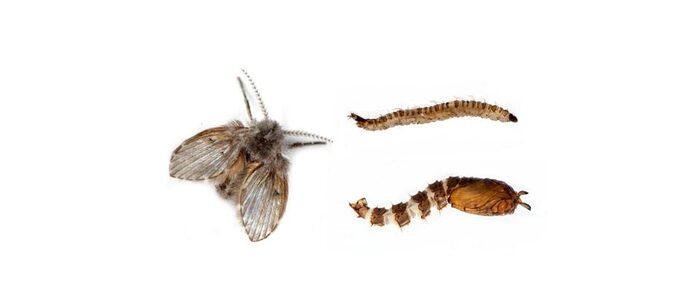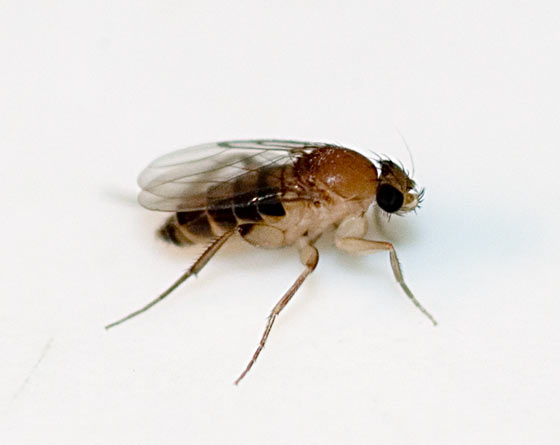? Say goodbye to unwanted guests with our expert pest control services! ?? Whether it’s ants, rodents, or pesky insects, we’ve got the solutions to protect your home or business. Let us handle the pests, so you can enjoy a cleaner, safer space without the stress. Trust the pros to keep your environment pest-free! ?✨ […]
•Hollow-sounding wood •Stiff doors and windows •Wooden tunnels and walls •Tight-fitting doors or windows •Head-banging •Mud Tubes •Peeling or bubbling paint •Musty odors •Soft or spongy wood
A Cockroach can live for week without Its Head It can hold breath for 40 mins They can run upto Three miles per hour, German cockroach become adults in as little in as 36 days. The world’s largest roach is six inches long Cockroaches originated more than 280 million years ago in the Carboniferous era […]
Subterranean termites are soil-dwelling insects which move around in the soil searching for cellulose-based food. They can travel up to 230ft in all directions as they do not follow any clear directional pattern. They also cannot tell the difference between the new and old building. This is the reason why sometimes termites invade new buildings […]
Powderpost beetles are small brown, with elongated bodies and small heads. They range in size from 1/8 to 3/4 inches in length, depending on the species. Beetles lay their eggs on top of wood or below the surface of the wood. When the eggs hatch, the larvae feeds on the wood, chewing a tunnel to […]
Common Rats prefer to live at ground level in underground burrows located under buildings and under debris located at ground-level. These rats are terrestrial by nature. Roof rats prefer to live above ground in the roof section of structures, in leaves, trees or some other protected harborage site above ground. Roof rats are arboreal by […]
Drain flies are household nuisance, these flies breed in unsanitary conditions, we can find them numerous in bathrooms and sewage disposal areas. Larvae are thickness of a thin pencil lead are 3/8 inch long when fully grown, larvae cannot see or move, The head is darker and narrow than body.
Phorid flies are dangerous, very unsanitary pest, which can cause serious health issues and spreads illness by transferring bacteria from decaying plants and dead animals to the food people eat, they can also be an indication of serious problems like the presence of dead animals in the wall or damaged and leaking plumping pipes etc.
Understanding the behaviour of bed bugs will help to find an infestation before it becomes established and to monitor for the presence of bedbugs. Feeding: •Appear to prefer to feed on humans but will feed on other mammals and birds as well. •Will readily travel 5-20 feet from harborage to feed on a host. •Even […]

